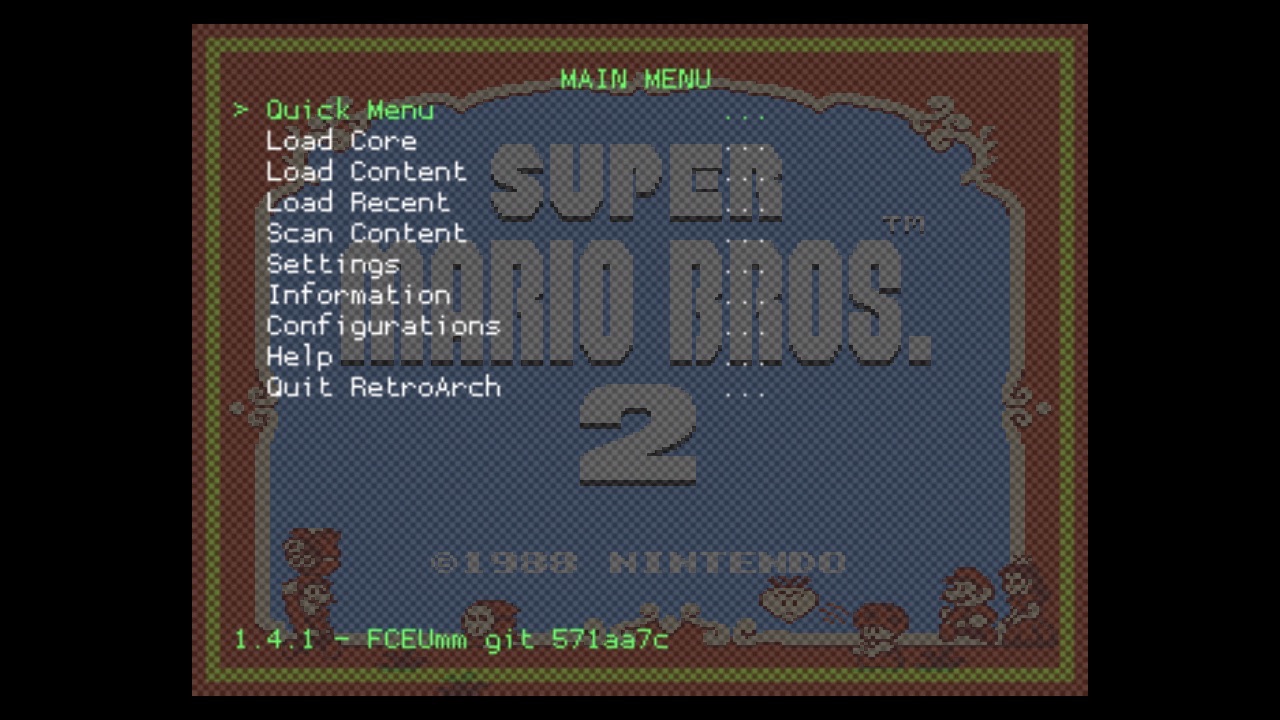

RETROARCH HAKCHI2 FREE
This will back up your system's original state and then let you add new ROMs and other tweaks while showing how much on-board memory remains free on your system.

To use ClusterM's updated program, plug a SNES Classic into a Windows computer by using a standard Micro USB cable, then run the hakchi2 program while following all on-screen instructions, which include a few taps of buttons on your SNES Classic. Initial tests of the FEL-mode exploit, which requires booting into a telnet interface to talk to Nintendo's Linux box, proved promising, and ClusterM returned eight days after the system's launch with a new hakchi2 version-which now works with either "Nintendo classic" system. ClusterM found a way to wrap that system's FEL-mode exploit (read lots more about that here) in a tidy Windows GUI, which allowed fans to use Windows Explorer menus to dump game ROMs, emulator cores, and even new art into their boxy ode to '80s Nintendo bliss.ĬlusterM announced plans to repeat his trick well before the SNES Classic landed in stores, and his hacking hopes looked promising with the reveal, courtesy of Eurogamer, that the SNES Classic has a near-identical chipset and board compared to the NES Classic. If any of that sounds familiar, as opposed to gibberish, it's because the same program and hacker emerged shortly after the launch of 2016's Linux-powered NES Classic. This weekend saw the September device receive a simple exploit in the form of hakchi2, a Windows program designed by a Russian hacker who calls himself "ClusterM," and, among other things, it allows fans to add far more games to the system than its default set of 21. After guesses, estimations, and positive early tests, the Super NES Classic has emerged as a hackable little piece of gaming nostalgia-and quite an easy one to hack, at that.


 0 kommentar(er)
0 kommentar(er)
